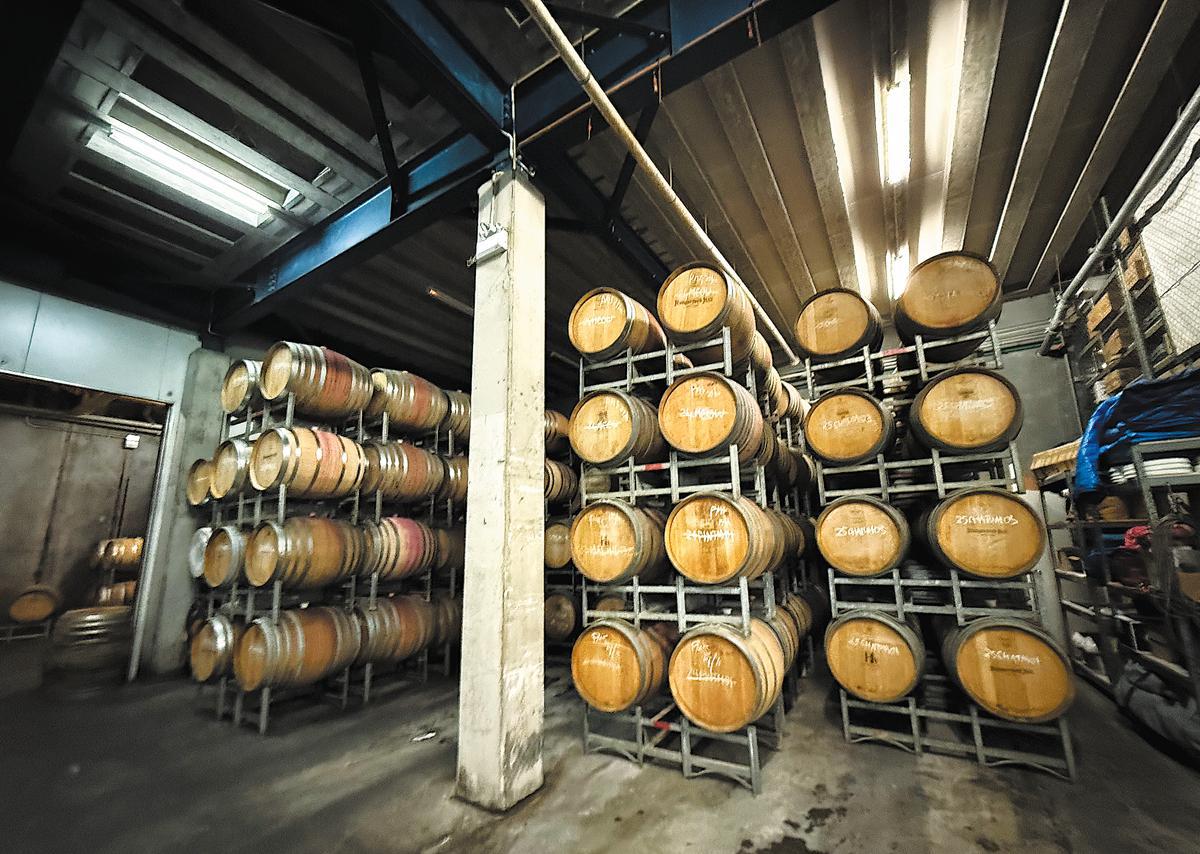Australian winemakers toast loyal Chinese consumers
Since tariffs lifted, strong demand has helped industry deal with global market shifts


Industry challenges
The optimism fueled by Chinese consumers also comes amid "numerous headwinds" in global alcohol demand, according to Wine Australia.
Beyond the Chinese mainland market, health and wellness concerns, coupled with the rising cost of living, are denting wine consumption in many established markets, contributing to a global oversupply of wine and increased competition in strained supply chains.
In the 12 months to December 2024, Australian wine exports to the rest of the world fell by 13 percent in value to A$1.64 billion and 7 percent in volume to 565 million liters, Wine Australia figures showed.
There are about 2,000 wineries and 6,000 grape growers employing over 160,000 workers across 65 winegrowing areas, contributing over A$45 billion yearly to the Australian economy. The total wine grape crush in 2024 was 1.32 million tonnes, of which the top two varieties were chardonnay (23 percent) and shiraz (21 percent).
Zoe Zhang, New World brand manager of EMW Fine Wines, a major importer and distributor of wines worldwide for the Chinese market, told China Daily that there is still a real risk of overproduction in Australia, which could create a "low-quality image" for the country's wines in the long term.
Many Australian producers who had been too reliant on shiraz were facing demand for other varietals, she said.
Both the public and private sectors should encourage more independent high-quality producers, diversification in Australian wine, and planting of different grape varieties with regional characteristics, she said.
"EMW is well-placed to contribute significantly to the Chinese market for Australian wine exports due to its deep market expertise, strong relationships, and strategic approach," Zhang said.
Amid the difficulties, there are indications there is still great potential for growth, the Wine Australia spokesperson said. "The latest export numbers reaffirm the opportunity for Australian wine in China, and there is optimism that these export sales will not only re-fill supply chains but ultimately deliver sustainable volumes through renewed interest from trade and consumers."
Australian wine companies have developed close relationships with Chinese importers, buyers and consumers over many years, the spokesperson said.
This year, Wine Australia will work with a network of local wine specialists to continue educating and promoting Australian wines among trade professionals, enthusiasts and consumers across the Chinese mainland.
"We will also be hosting a showcase of Australian wines across four cities in China to continue re-establishing our presence and promoting the quality and diversity of Australian wine to important trade customers," the spokesperson added.
"We look forward to continuing to build on the positive trade and consumer sentiment, to ensure the ongoing success and growth of Australian wines in China."























